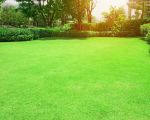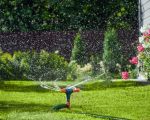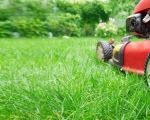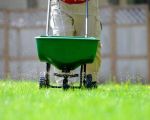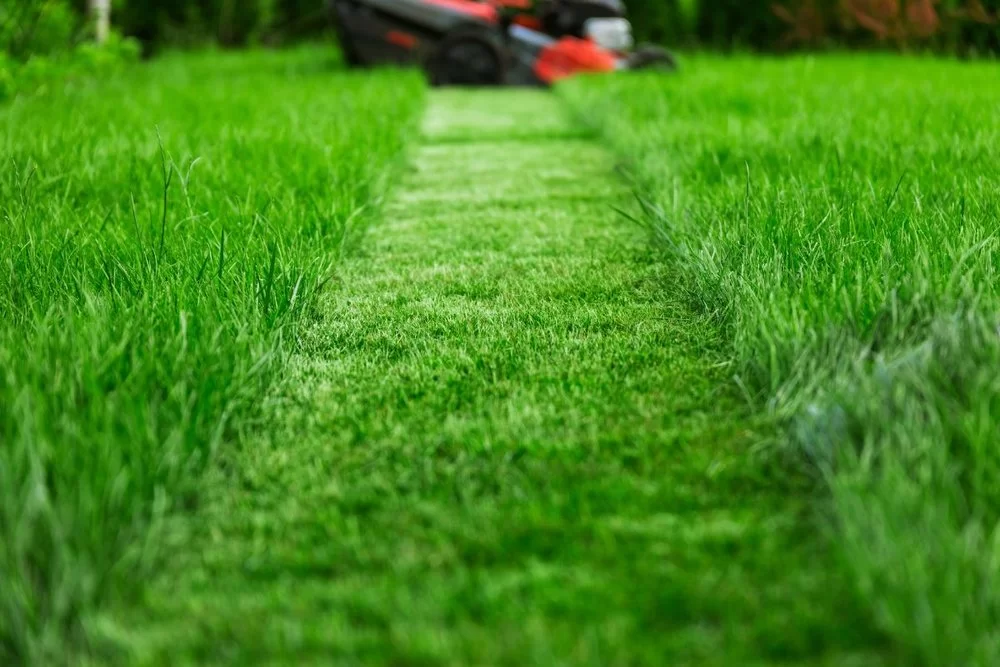
- Seasonal-Lawn-Care-Overview
- Spring-Lawn-Care-Strategies
- Summer-Maintenance-Tips
- Fall-Preparation-For-Lawn-Health
- Winter-Lawn-Care-Considerations
- Professional-Support-For-Seasonal-Lawn-Care
Understanding Seasonal Lawn Care: A Comprehensive Overview
Managing your lawn care during seasonal changes requires a deep understanding of how different weather patterns affect grass growth and soil conditions. Lawns do not thrive on a “set it and forget it” approach; they need tailored attention throughout the year. Each season brings unique challenges and opportunities that, when handled correctly, can ensure a lush and healthy lawn.
Seasonal lawn maintenance involves adjusting your care routine to match the temperature, precipitation, and daylight variations. For instance, the techniques that work in spring differ significantly from those needed in fall. Understanding these nuances helps prevent common issues such as drought stress in summer or fungal diseases in the wetter seasons.
One real-world example involves a homeowner in the Midwest who struggled with patchy grass every summer. After learning how to adjust watering schedules and mowing heights seasonally, their lawn transformed into a thick, resilient carpet of green. This story highlights the value of adapting your lawn care to seasonal demands rather than sticking to a one-size-fits-all routine.
Spring Lawn Care Strategies: Preparing for Growth
Cleaning and Aeration
Spring is the time to awaken your lawn from its winter dormancy. Start with a thorough cleaning—remove leaves, debris, and thatch buildup to allow air and nutrients to penetrate the soil. Aeration is especially important; by creating small holes, you help oxygen reach grassroots, improving overall health and growth potential.
Fertilization and Seeding
Applying a balanced fertilizer in early spring kickstarts growth by replenishing essential nutrients lost over winter. Overseeding thin or bare spots encourages a fuller lawn. Many lawn care experts recommend selecting grass seed blends suited to your climate to ensure strong establishment.
Targeted Weed Control
Pre-emergent herbicides applied during early spring prevent many weeds before they sprout, reducing competition for your grass. This proactive approach is more effective and less labor-intensive than post-emergent treatments.
Summer Maintenance Tips: Keeping Your Lawn Healthy Under Stress
Adjusting Watering Practices
During the hotter months, proper irrigation is critical. Lawns generally need about one inch of water per week, but timing matters—early morning watering reduces evaporation and fungal risks. Avoid overwatering, which can promote shallow roots and disease.
Mowing Techniques for Heat
Raising your mower blade height helps shade grass roots, conserving moisture and preventing heat stress. Mowing less frequently but maintaining sharp blades will keep your lawn looking neat without causing unnecessary damage.
Dealing with Pests and Diseases
Summer heat can invite pests such as grubs and chinch bugs, along with fungal diseases like brown patch. Regular inspection and targeted treatment can prevent widespread damage. For example, a homeowner in the southern US reported how timely pest identification saved their lawn from severe grub damage.
Fall Preparation for Lawn Health: Strengthening for Winter
Core Aeration and Overseeding
Fall is an ideal time for core aeration, which reduces soil compaction accumulated over the summer. Combining aeration with overseeding promotes thick growth that crowds out weeds and better withstands winter stress.
Fertilizing to Build Reserves
Applying a fertilizer rich in potassium strengthens roots and boosts nutrient reserves, preparing your lawn for colder temperatures. Timing this application before the first frost maximizes effectiveness.
Leaf Management and Cleanliness
Fallen leaves left on the lawn can smother grass and promote disease. Regular raking or mulching with a mower keeps your lawn clean and healthy as it transitions into dormancy.
Winter Lawn Care Considerations: Protecting Your Lawn During Dormancy
Minimizing Traffic and Damage
During winter, grass growth slows or stops, making the lawn more vulnerable to compaction and damage. Limiting foot traffic preserves grass health and soil structure until spring returns.
Snow and Ice Management
In regions with snow, avoid piling snow on the lawn and refrain from using deicing salts directly on grass. These practices help reduce winter kill and fungal problems when thawing occurs.
Planning Ahead for Spring
Winter is a good time to plan your spring lawn care strategy—assessing any issues from the previous year, choosing seed varieties, and scheduling professional services.
Why Professional Lawn Care Services Are Valuable Throughout Seasonal Changes
Expertise and Tailored Solutions
Managing lawn care during seasonal changes can be complex, especially with unpredictable weather patterns. Professional lawn care services bring expert knowledge, using soil tests, customized fertilization schedules, and pest management strategies that align with local climate conditions.
Saving Time and Effort
For many homeowners, keeping up with seasonal lawn care can be time-consuming and physically demanding. Lawn care professionals offer reliable, consistent maintenance, freeing up your time while ensuring your lawn remains healthy all year.
Access to Quality Products and Equipment
Professional services have access to high-quality fertilizers, seed blends, and equipment not easily available to the average homeowner. Partnering with a trusted provider like Lawn Care Services can make a significant difference in your lawn’s health and appearance.
If you want to maintain a vibrant, healthy lawn regardless of the season, exploring specialized lawn care services can provide the best support and advice tailored to your needs.

